HUNGRYALIST MOVEMENT
A Photo-Text Album
Aryanil Mukherjee
Hungry Generation or Hungryalist Movement was an Indian literary movement in Bengali language that focussed primarily on poetry and was launched by a group of young Bengali poets spearheaded by the famous Hungryalist quartet, i.e. Malay Roychoudhury, Samir Roychoudhury, Shakti Chattopadhyay, and Debi Roy (Haradhon Dhara). It was launched during the early 1960s in Kolkata, India. The movement shook the roots of the Bengali literary and cultural establishment in India. Due to their involvement in this avante garde cultural movement, the leaders lost their jobs and were jailed. They challenged and significantly changed the language and vocabulary used by contemporary Indian literature.
(C L I C K O N P I C S T O B L O W T H E M U P)

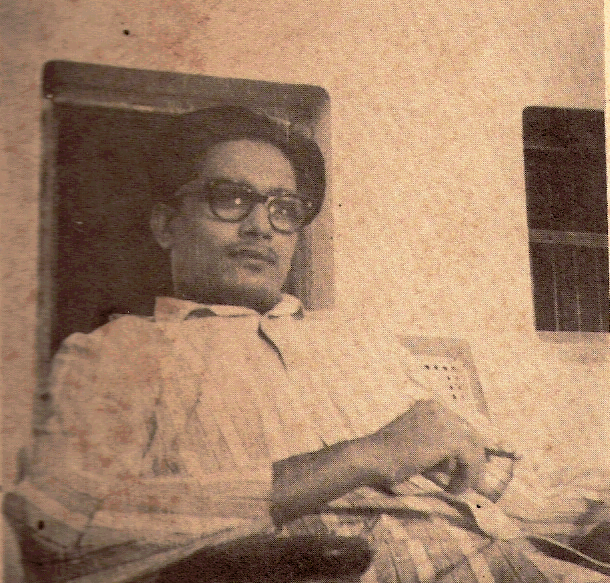
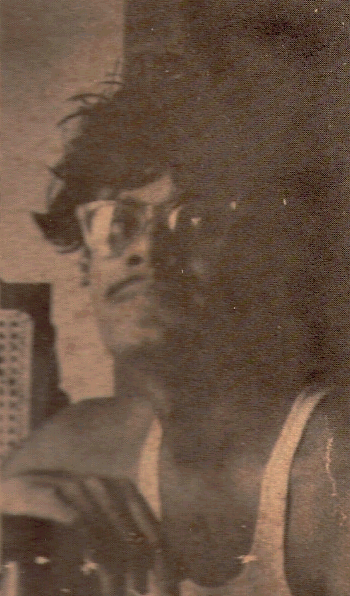
Shaileswar-Pradip-Basudeb-Subhas(1964) Samir in Chaibasa (1963) Malay in Palamau (1963)
The Hungryalists wanted to confront and disturb the prospective reader's preconceived colonial canons. According to Pradip Choudhuri, a leading philosopher and poet of the generation, whose work has been extensively translated in French, their counter-discourse was the first voice of post-colonial freedom of pen and brush. Besides the famous quartet, Utpalkumar Basu, Binoy Majumdar, Sandipan Chattopadhyay, Basudeb Dasgupta, Falguni Roy, Subhash Ghosh, Saileshwar Ghosh, Tridib Mitra, Alo Mitra, Arunesh Ghosh, Ramananda Chattopadhyay, Anil Karanjai, Karunanidhan Mukhopadhyay, Subo Acharya, were among the leading writers and artists who joined the movement.
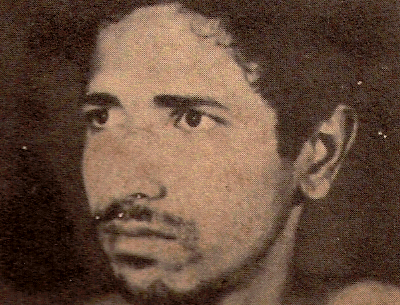
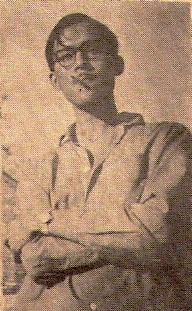
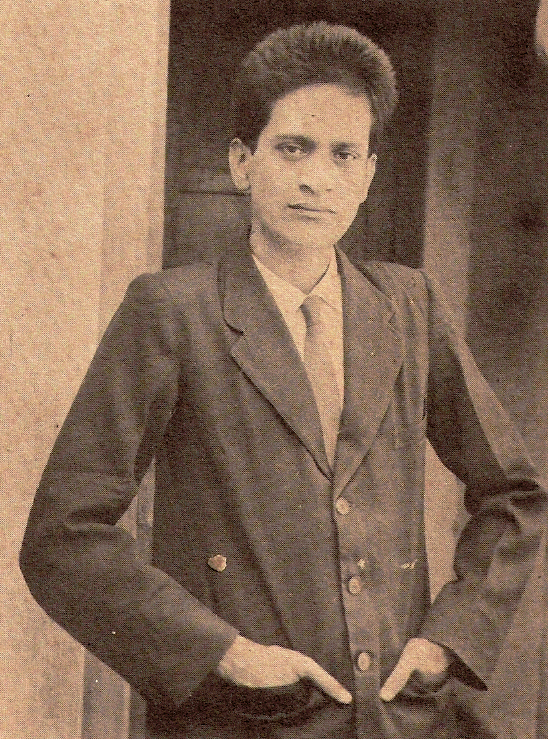
Pradip Choudhury (1963) Tridib Mitra (1963) Subo Acharya (1964)
The word Hungry was coined from Geoffrey Chaucer's line " In Sowere Hungry Tyme". The philosophical background of the movement was based on Oswald Spengler's idea of Non Linear Time in a particular culture. The movement spanned from 1961-1965. It was launched in November 1961 from the Patna residence of Malay Roychoudhury and his elder brother Samir Roychoudhury. As always, the west lives with the misconception that the movement was inspired by the Beat Generation writers especially because Ginsberg lived with Malay and Samir Roychoudhury for a while in Patna in the spring of 1963. Octavio Paz and Ernesto Cardinal had also visited Malay during the 1960s.
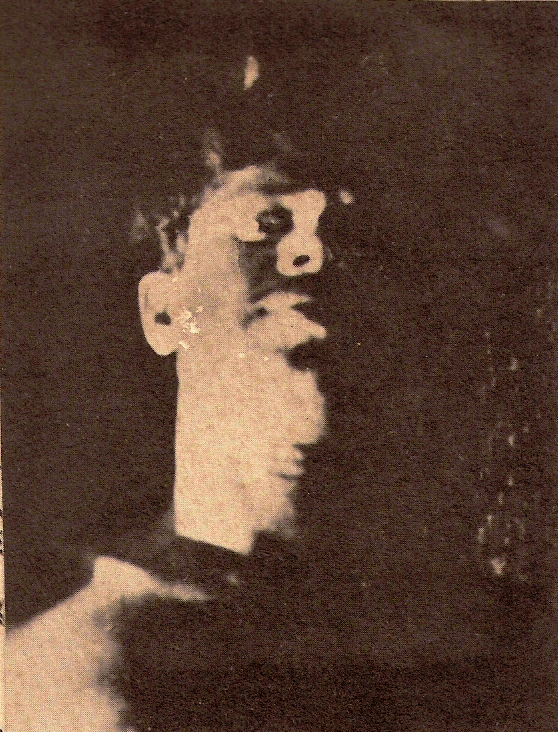
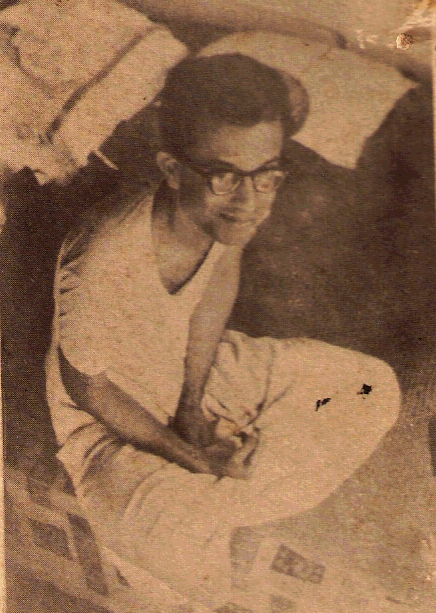
Subimal-candle light photo by Anil Karanjai (1962) Basudeb Dasgupta, in Asoknagar home(1963)
This movement is characterized by expression of closeness to nature and sometimes tenets of existentialism. Although initially based in Kolkata, it had active membership in North Bengal, Tripura and Benares. The movement influenced Allen Ginsberg as much as it influenced American poetry through the Beat poets who visited Calcutta, Patna, Chaibasa And Benaras during the Sixties decade. Arvind Krishna Mehrotra, later a professor and editor, was associated with the Hungry Generation movement. Shakti Chattopadhyay, Sandipan Chattopadhyay, Saileshwar Ghosh, Subhas Ghosh left the movement in 1964. More than 100 manifestos were issued during 1961-65. Malay's poems have been published by P. Lal from his Writers Workshop publication. Howard McCord published Malay Roychoudhury's controversial poem Stark Electric Jesus from Washington State University. This poem has been translated in several languages of the world and was included in the anthology "Poems for the Millenium" edited by Jerome Rothenberg and Pierre Joris.
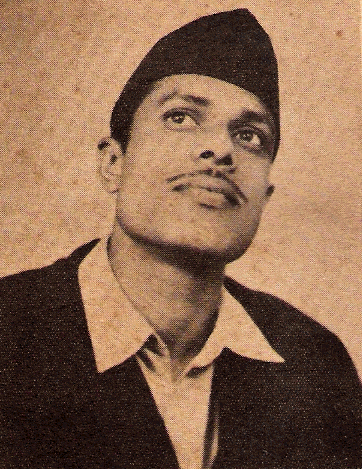
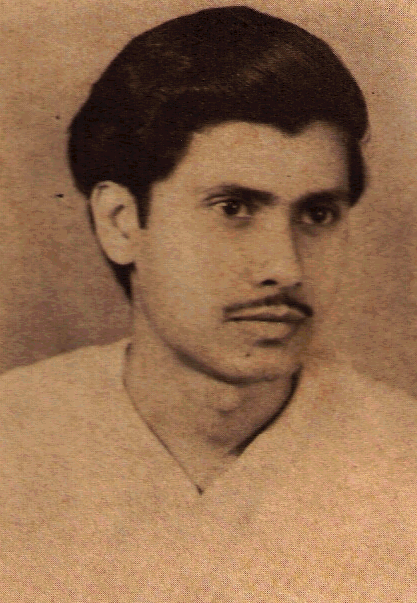
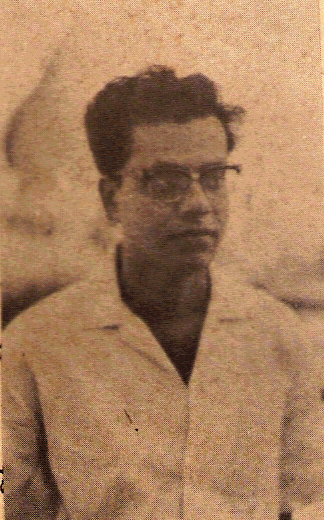
Subimal in Kathmandu (1965) Subhas Ghosh,Studio photo (1964) Debi in his Howrah home (1963) The work of Hungry writers appeared in the Citylights Journal, edited by Lawrence Ferlinghetti and in special issues of American magazines including Kulchur edited by Lita Hornik, Klactoveedsedsteen edited by Carl Weissner, Elcorno Emplunado edited by Margaret Randall, Evergreen Review edited by Barney Rosset, Salted Feathers, Intrepid, and San Francisco Earthquake, during the 1960s.
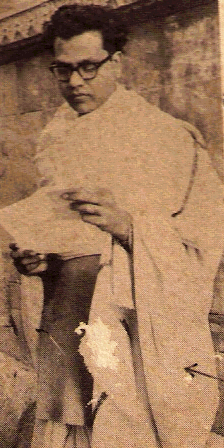
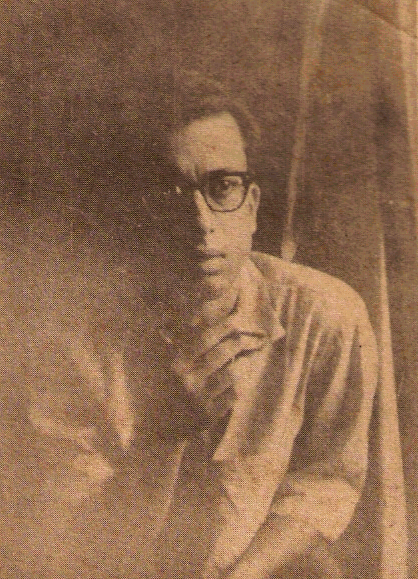
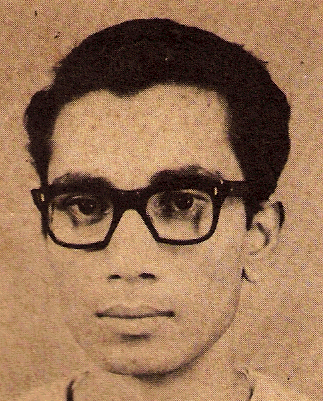
Debi Roy in Kolkata (1963) Basudeb Dasgupta In Kolkata (1963) Shaileswar, Studio photo (1964)
The Hungry Generation Movement also known as Hungryalism challenged mainstream literary genres. The group wrote a largely deviant poetry and prose in style, form and content. It had also influenced Hindi, Marathi, Assamese, Telugu & Urdu literatures.
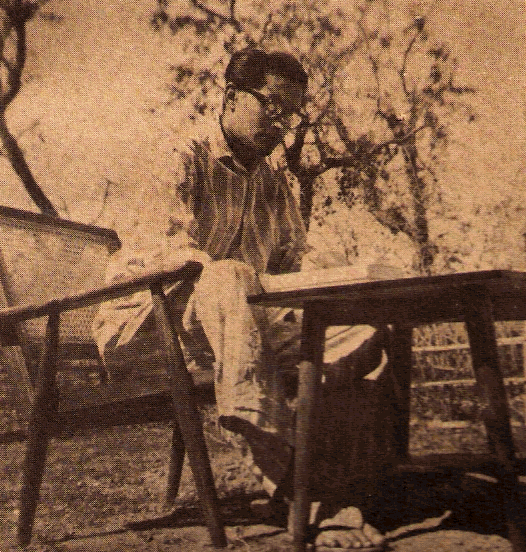
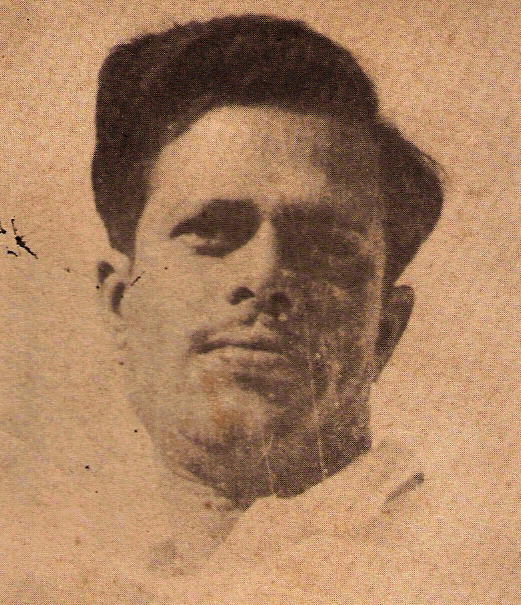
Samir at Chaibasa, reading (1962) Subimal in Patna (1962)
Important References
1. The Hungry Generation (TIME Magazine Article - 1964)
2. The Hungry Generation Archive
3. Biography of the Founder of the Hungryalist Movement
4. Hungry Generation in Wikipedia
5. Archive of letters to Malay Roy Choudhury
6. Tridib & Alo Mitra, important writers/contributors to the Hungryalist movement have archived online a series of essays that explain the effect of the Hungryalist Movement on Allen Ginsberg in the WASTE PAPER blog.
A Photo-Text Album
Aryanil Mukherjee
Hungry Generation or Hungryalist Movement was an Indian literary movement in Bengali language that focussed primarily on poetry and was launched by a group of young Bengali poets spearheaded by the famous Hungryalist quartet, i.e. Malay Roychoudhury, Samir Roychoudhury, Shakti Chattopadhyay, and Debi Roy (Haradhon Dhara). It was launched during the early 1960s in Kolkata, India. The movement shook the roots of the Bengali literary and cultural establishment in India. Due to their involvement in this avante garde cultural movement, the leaders lost their jobs and were jailed. They challenged and significantly changed the language and vocabulary used by contemporary Indian literature.
(C L I C K O N P I C S T O B L O W T H E M U P)



Shaileswar-Pradip-Basudeb-Subhas(1964) Samir in Chaibasa (1963) Malay in Palamau (1963)
The Hungryalists wanted to confront and disturb the prospective reader's preconceived colonial canons. According to Pradip Choudhuri, a leading philosopher and poet of the generation, whose work has been extensively translated in French, their counter-discourse was the first voice of post-colonial freedom of pen and brush. Besides the famous quartet, Utpalkumar Basu, Binoy Majumdar, Sandipan Chattopadhyay, Basudeb Dasgupta, Falguni Roy, Subhash Ghosh, Saileshwar Ghosh, Tridib Mitra, Alo Mitra, Arunesh Ghosh, Ramananda Chattopadhyay, Anil Karanjai, Karunanidhan Mukhopadhyay, Subo Acharya, were among the leading writers and artists who joined the movement.



Pradip Choudhury (1963) Tridib Mitra (1963) Subo Acharya (1964)
The word Hungry was coined from Geoffrey Chaucer's line " In Sowere Hungry Tyme". The philosophical background of the movement was based on Oswald Spengler's idea of Non Linear Time in a particular culture. The movement spanned from 1961-1965. It was launched in November 1961 from the Patna residence of Malay Roychoudhury and his elder brother Samir Roychoudhury. As always, the west lives with the misconception that the movement was inspired by the Beat Generation writers especially because Ginsberg lived with Malay and Samir Roychoudhury for a while in Patna in the spring of 1963. Octavio Paz and Ernesto Cardinal had also visited Malay during the 1960s.


Subimal-candle light photo by Anil Karanjai (1962) Basudeb Dasgupta, in Asoknagar home(1963)
This movement is characterized by expression of closeness to nature and sometimes tenets of existentialism. Although initially based in Kolkata, it had active membership in North Bengal, Tripura and Benares. The movement influenced Allen Ginsberg as much as it influenced American poetry through the Beat poets who visited Calcutta, Patna, Chaibasa And Benaras during the Sixties decade. Arvind Krishna Mehrotra, later a professor and editor, was associated with the Hungry Generation movement. Shakti Chattopadhyay, Sandipan Chattopadhyay, Saileshwar Ghosh, Subhas Ghosh left the movement in 1964. More than 100 manifestos were issued during 1961-65. Malay's poems have been published by P. Lal from his Writers Workshop publication. Howard McCord published Malay Roychoudhury's controversial poem Stark Electric Jesus from Washington State University. This poem has been translated in several languages of the world and was included in the anthology "Poems for the Millenium" edited by Jerome Rothenberg and Pierre Joris.



Subimal in Kathmandu (1965) Subhas Ghosh,Studio photo (1964) Debi in his Howrah home (1963) The work of Hungry writers appeared in the Citylights Journal, edited by Lawrence Ferlinghetti and in special issues of American magazines including Kulchur edited by Lita Hornik, Klactoveedsedsteen edited by Carl Weissner, Elcorno Emplunado edited by Margaret Randall, Evergreen Review edited by Barney Rosset, Salted Feathers, Intrepid, and San Francisco Earthquake, during the 1960s.



Debi Roy in Kolkata (1963) Basudeb Dasgupta In Kolkata (1963) Shaileswar, Studio photo (1964)
The Hungry Generation Movement also known as Hungryalism challenged mainstream literary genres. The group wrote a largely deviant poetry and prose in style, form and content. It had also influenced Hindi, Marathi, Assamese, Telugu & Urdu literatures.


Samir at Chaibasa, reading (1962) Subimal in Patna (1962)
Important References
1. The Hungry Generation (TIME Magazine Article - 1964)
2. The Hungry Generation Archive
3. Biography of the Founder of the Hungryalist Movement
4. Hungry Generation in Wikipedia
5. Archive of letters to Malay Roy Choudhury
6. Tridib & Alo Mitra, important writers/contributors to the Hungryalist movement have archived online a series of essays that explain the effect of the Hungryalist Movement on Allen Ginsberg in the WASTE PAPER blog.
কোন মন্তব্য নেই:
একটি মন্তব্য পোস্ট করুন